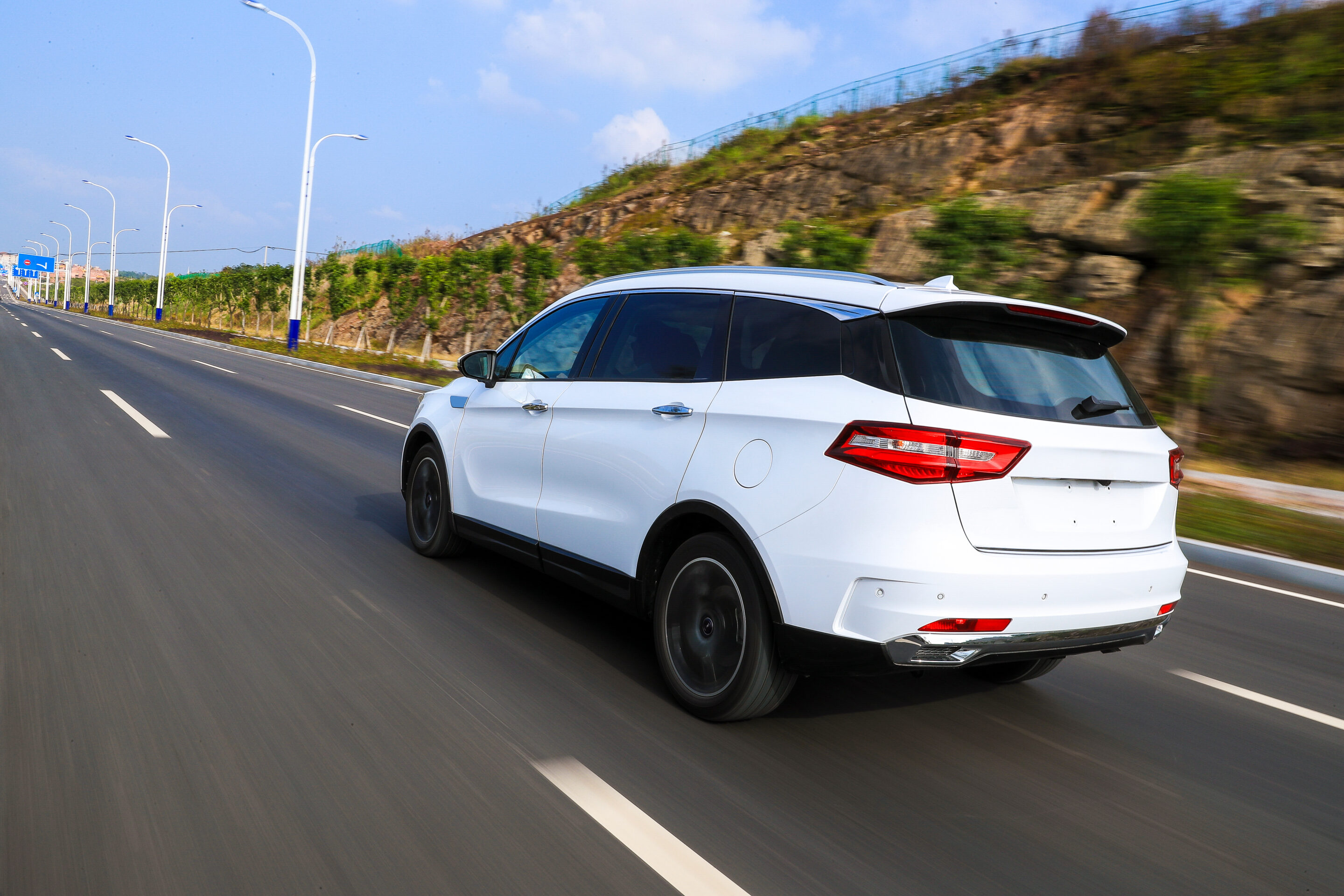By Andrew Tai, CEO, Motoinsight
You’ve probably heard that digital retailing is the way of the future. Digital retailing is becoming an undeniable fact of dealership operations, and that’s a great thing for the entire industry. So, case closed, right? The future has arrived, and we can all settle down? Well, not quite.
As with black and white televisions, many digital retailing platforms are just the first step in the right direction. With an increasing number of options for an already complex product, choosing a great solution can get challenging. There’s a lot that goes into a great digital retailing platform, but today we’re going to focus on one small but critical aspect: flexibility.
You might have heard the term “omnichannel” thrown around. The short version is that a true omnichannel experience is an ecosystem of digital and physical channels between which your customers can slide seamlessly, in any direction, at any time.
This simple feature is easy to overlook when you’re evaluating a new digital retailing tool. In the list of features like credit applications, build-and-prices, trade-in modules, and deposit captures, it’s easy to assume that these independent nodes all flow together like a relaxing tube ride down a lazy river. More often than not, that’s the wrong assumption.
Consumers aren’t all of the same mind about shopping. While it’s true that over 80 percent of your customers begin their shopping journey online, that’s not necessarily true of the end of their journey. The majority of consumers still want to complete their shopping experience in-store; what varies is the point at which these customers decide to make that transition from digital to physical.
That’s the problem with an all-or-nothing, black-and-white approach to digital retail. We do not doubt that some customers will want to do nearly everything online before taking possession of their new car, but there is a colorful gradient of consumer preferences that ranges from all-digital to mostly in-person. The best digital retailing platforms give your customers the flexibility to navigate back and forth from digital to physical at any time, as many times as they want.
Remember, the average car buyer transfers back and forth between your online and in-store presence four times per purchase, and they’re frequently picking up at a different point. The purchase path is not linear, logical or predictable. Most importantly, it’s not the same for any two customers.
We talk a lot about how customers expect digital retailing from you, and that hasn’t changed. But if you try to force all your clientele down the same one-size-fits-all, digital-only funnel, you’ll have created the inverse problem. Your customers are individuals with unique approaches to car shopping, and your digital retailing solution needs to reflect that.
This means that your digital retailing journey requires flexibility in its order of operations. Some people will want to start with a build-and-price, and they should have the choice to do that. Others might want to value their trade-in before configuring their vehicle, and they should have that option too.
Most critically, never assume that your customers want to navigate the entire purchase process before booking their appointment. A digital retailing platform that pushes customers towards deposit modules or financing configurators before booking an appointment is only going to frustrate and alienate the segment of your audience who wants your professional input before making any more decisions.
Just like an old black-and-white tube TV, inflexible digital retailing platforms are better than nothing – but they’re not the solution of the future. Your customers want to shop in technicolor. Your customers want true omnichannel.
About the Author
Andrew Tai is the CEO and co-founder of Motoinsight, but his influence extends far beyond the company. A contributing columnist to The Globe and Mail and prolific speaker, Andrew is a recognized authority on digital retailing within the automotive industry.







